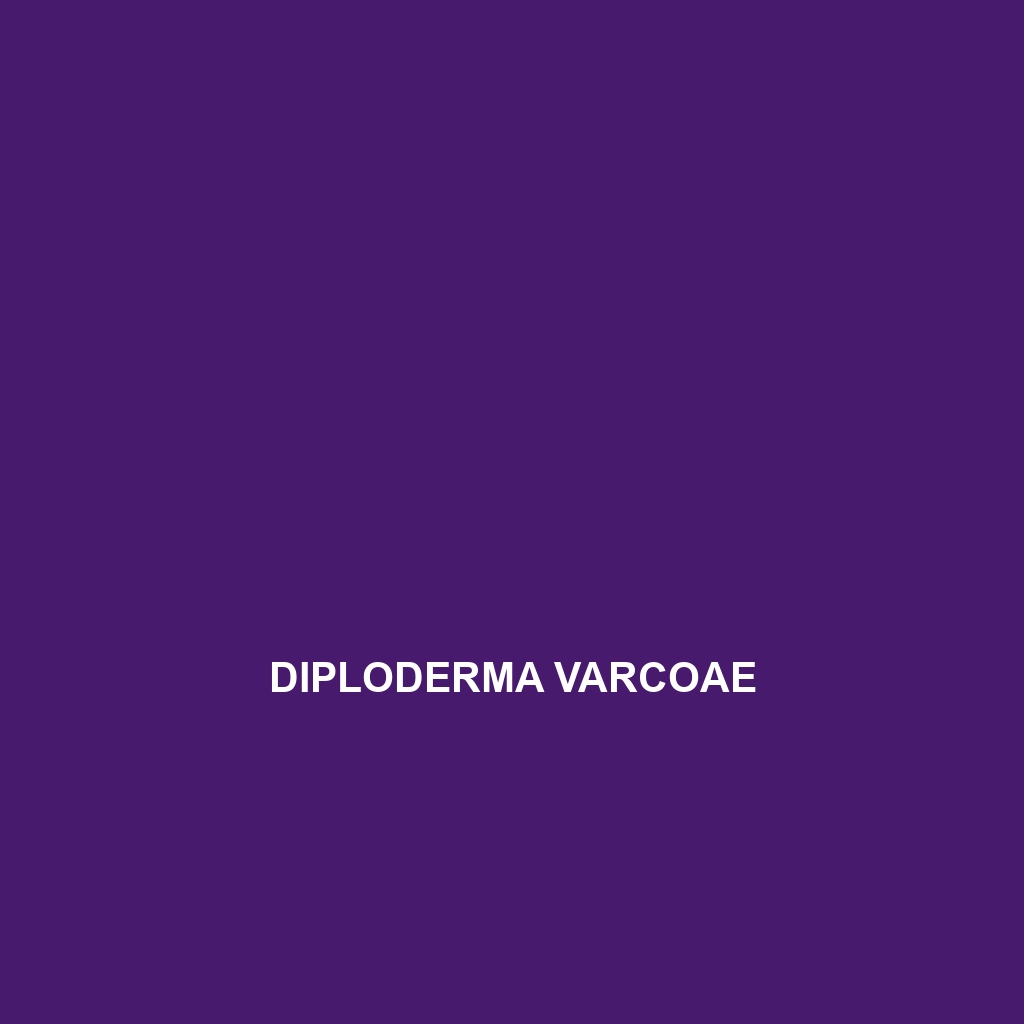Introducing the Erythrolamprus epinephalus, commonly known as the Epinephalous Snake. This vibrant, nocturnal predator thrives in humid tropical and temperate forests, exhibiting agile movements and a diet primarily consisting of small mammals, birds, and amphibians, playing a crucial role in maintaining ecological balance.
Tag: IUCN status
Eremias papenfussi
Introducing the Eremias papenfussi, or Papenfuss’s racerunner, a slender lizard native to arid regions of Central Asia, known for its smooth, metallic scales and exceptional speed. This insectivorous species thrives in sandy habitats, playing a vital role in controlling insect populations and maintaining ecological balance.
Epictia rioignis
Discover the fascinating Epictia rioignis, a slender, nocturnal snake native to the humid tropical rainforests of Central America. With its rich brown coloration and impressive burrowing abilities, it plays a crucial role in maintaining ecosystem balance by preying on small invertebrates.
Draco mindanensis
<p><b>Draco mindanensis</b>, or the Mindanao flying dragon, is a unique arboreal lizard known for its remarkable gliding capabilities and vibrant green and brown coloration, primarily found in the tropical rainforests of the Philippines. This fascinating insectivorous species plays a crucial role in its ecosystem by controlling insect populations and aiding in seed dispersal.</p>
Diploderma tachengense
Diploderma tachengense, a medium-sized lizard native to the mountainous regions of western China, characterized by its robust body, light brown to dark gray coloration, and diurnal arboreal behavior. This vulnerable species plays a crucial role in controlling insect populations and maintaining ecological balance within its temperate forest habitat.
Dermochelys coriacea
The leatherback sea turtle (Dermochelys coriacea), the largest sea turtle species, is known for its leathery skin and migratory behavior in temperate and tropical oceans. It primarily feeds on jellyfish, playing a crucial role in maintaining marine ecosystem balance, while currently facing vulnerabilities due to habitat loss and hunting.
Dendroaspis polylepis
formidable Dendroaspis polylepis, or Black Mamba, one of the world's largest venomous snakes, known for its speed, striking coloration, and essential role in the African ecosystem. Found in diverse habitats across sub-Saharan Africa, this solitary predator plays a crucial role in controlling small mammal populations.
Demansia rimicola
The Demansia rimicola, or rimicola snake, is a slender, terrestrial species found in eastern Australia's arid and semi-arid regions, known for its brown to olive green coloration and distinctive camouflaging features. This diurnal snake primarily preys on small mammals and lizards, plays a vital role in its ecosystem, and is currently listed as of Least Concern by the IUCN.
Cyrtodactylus regicavernicolus
remarkable Cyrtodactylus regicavernicolus, a vulnerable gecko native to limestone karst ecosystems in Southeast Asia. Measuring 10 to 15 centimeters, it features pale yellow to light brown coloration with dark spots, and exhibits nocturnal behavior while primarily feeding on insects and small invertebrates.









